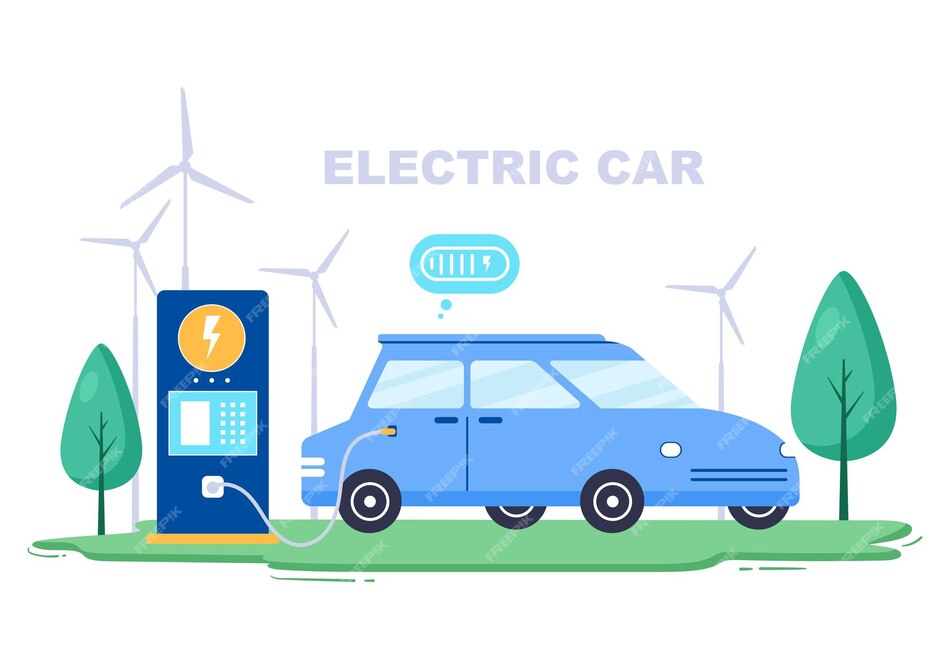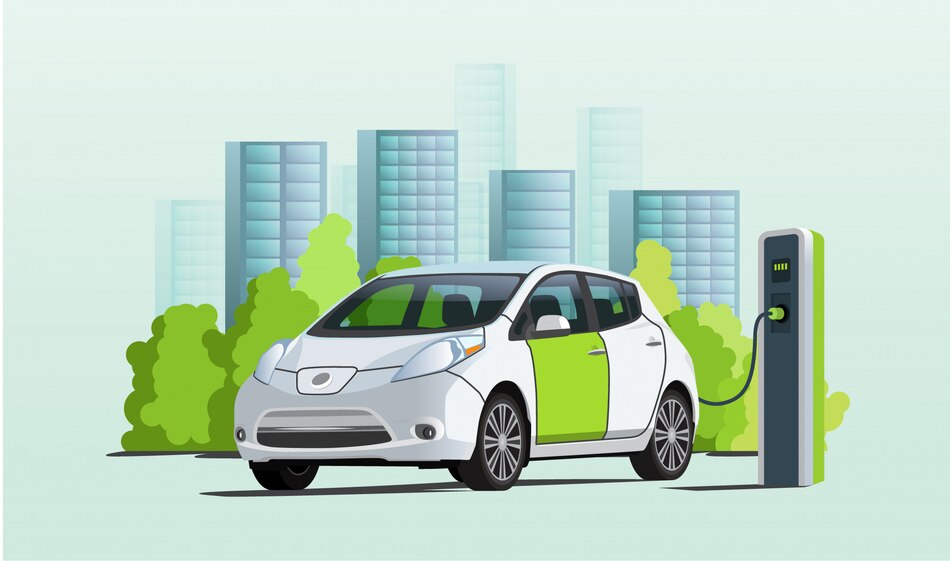|
|
|
Stream Below
Why Home Insurance Rates in the US Are Rising Rapidly: Climate Change Plays a Major Role
Millions of Americans have watched with growing alarm as their home insurance premiums have risen and their coverage has shrunk. Nationwide, premiums have increased 34% between 2017 and 2023, and continued to rise in 2024 in much of the country.
To make matters worse, the fees increase even further if you file a claim: up to 25% in the event of a total loss of your home.
Why is this happening?
There are several reasons, but one common thread: Climate change is fueling more extreme weatherand insurers are responding to rising claims. Losses are compounded by more frequent extreme weather disasters affects densely populated areasincreased construction costs and damages suffered by homeowners who were once rarer.
Parts of the U.S. have seen larger, more damaging hailstorms, more intense storm surges, massive, widespread wildfires, and heat waves that have bent metal and buckled asphalt. In Houston, what used to be a once-in-a-century disaster like Hurricane Harvey in 2017 is now a once-in-23-year event, according to estimates by risk assessors at the First Street Foundation. And more people are moving to coastal and wilderness areas that are prone to storms and fires.
Just a decade ago, few insurance companies had a comprehensive strategy to address climate risk as a core business issue. Today, insurance companies have no choice but to factor climate change into their policy designs.
Rising damage costs, higher premiums
There’s a saying that to get someone to pay attention to climate change, you have to put a price on it. Rising insurance costs are doing just that.
On the rise global temperatures lead to more extreme weather, and that means insurance companies have had to make higher payments. In turn, they’ve raised prices and changed coverage to stay solvent. That increases costs for homeowners and everyone else.
The importance of insurance to the economy cannot be overstated. You typically can’t get a mortgage or even drive a car, build an office building, or enter into contracts without insurance to protect against inherent risks. Because insurance is so intertwined with economies, government agencies review proposals by insurance companies to raise premiums or reduce coverage.
Insurance companies aren’t making political statements with their increases. They’re looking at the numbers, calculating the risk, and pricing accordingly. And the numbers are concerning.
The Arithmetic of Climate Risk
Insurance companies use data from past disasters and complex models to calculate expected future payouts. They then price their policies to cover those expected costs. In doing so, they must balance three concerns: keeping rates low enough to remain competitive, setting rates high enough to cover the payouts, and not running afoul of insurance regulators.
But climate change is upending those risk models. As global temperatures rise, driven by greenhouse gases from the use of fossil fuels and other human activities, the past is no longer prologue: what happened in the last 10-20 years is less predictive of what will happen in the next 10-20 years.
The number of billion dollar disasters In the United States, every year is a clear example of this. The average has risen from 3.3 per year in the 1980s to 18.3 per year over the 10-year period ending in 2024, with all years adjusted for inflation.
With this more than five-fold increase in billion-dollar disasters, insurance costs have risen in the Southeast due to hurricanes and extreme rainfall, in the West due to wildfires, and in the Midwest due to wind, hail, and flood damage.
Hurricanes tend to be the most damaging single event. They have caused more than $692 billion in property damage in the United States. between 2014 and 2023. But hail and severe windstorms, including tornadoes, are also costly; together, those on the billion-dollar disaster list caused more than $246 billion in property damage over the same period.
As insurance companies adjust to uncertainty, they may suffer a loss in one segment, such as home insurance, but recover losses in other segments, such as auto or commercial insurance. But this cannot be sustained in the long term, and companies can be surprised by unexpected events. The unprecedented California wildfires of 2017 and 2018 wiped out nearly 25 years of profits for the state’s insurance companies.
To balance their risk, insurance companies often turn to reinsurance companies; in effect, insurance companies that insure insurance companies. But reinsurers have also been increasing prices to cover costs. Real estate reinsurance alone increased by 35% in 2023Insurance companies are passing these costs on to their policyholders.
What this means for your home insurance policy
Not only are homeowners insurance premiums rising, but coverage is also shrinking. In some cases, insurance companies are reducing or eliminating coverage for items like metal trim, doors, and roof repairs, increasing deductibles for risks like hail and fire damage, or refusing to pay full replacement costs for items like older roofs.
Some insurers are simply pulling out of the market altogether, canceling existing policies or refusing to write new ones when risks become too uncertain or regulators won’t approve rate increases to cover costs. In recent years, State Farm and Allstate have pulled out of the California homeowners market, and Farmers, Progressive and AAA have pulled out of the Florida market, which is seeing some of the highest insurance rates in the country.
Even state-run “insurers of last resort,” which can provide coverage for those who can’t get coverage from private companies, are struggling. Taxpayers in states like Californiathernia and Florida were forced to bail out their state insurers. And the National Flood Insurance Program raised its premiums, leading 10 states to sue to stop them.
From 7.4% of homeowners in the United States they gave up insurance altogether, leaving an estimate $1.6 Trillion in Real Estate Value at Riskeven in high-risk states like Florida.
No, insurance costs have not stopped rising
According to NOAA data, 2023 was the warmest year on record “by far.” And 2024 could be even warmer. This overall warming trend and increase in extreme weather is expected to continue until greenhouse gas concentrations in the atmosphere are reduced.
In the face of these troubling analyses, homeowners insurance in the United States will continue to become more expensive and cover less. And yet, Jacques de Vaucleroy, chairman of the board of reinsurance giant Swiss Re, believes that U.S. insurance is still priced too low to fully cover climate change risk.
Read the original article here: https://theconversation.com/why-home-insurance-rates-are-rising-so-fast-across-the-us-climate-change-plays-a-big-role-238939
This article was republished by The conversation under Creative Commons license.
Subjects









